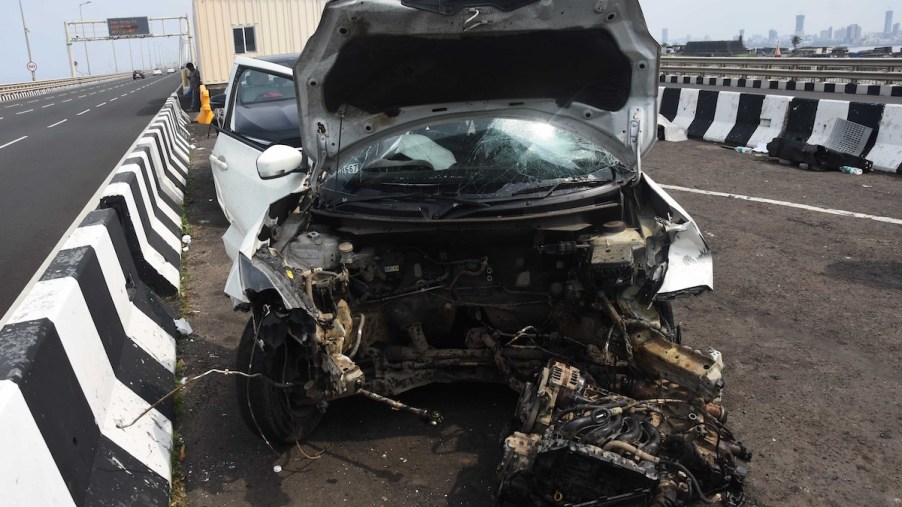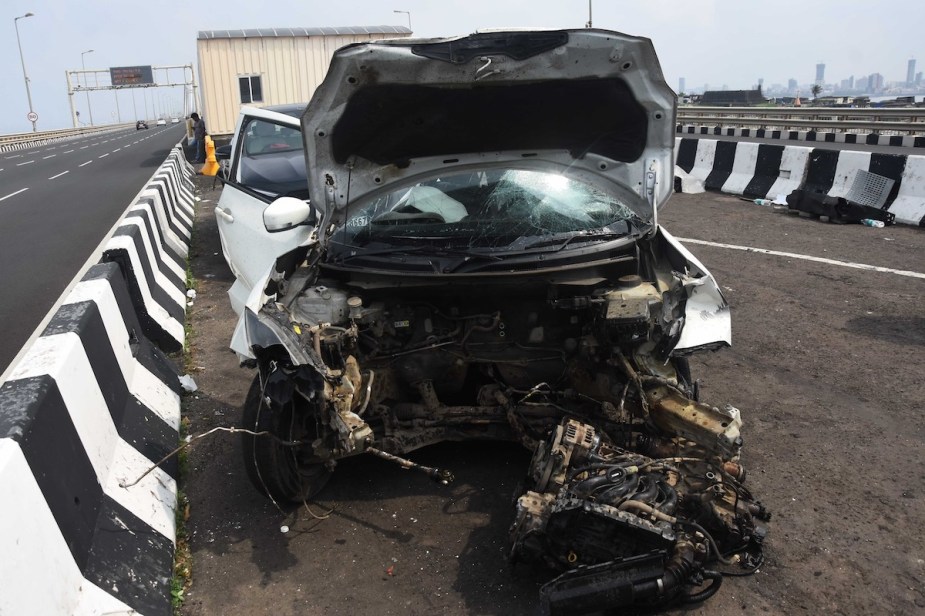
Auto Insurance Terms: Underinsured Motorist Coverage Versus Uninsured Motorist Coverage
Insurance is a necessity that comes with owning a car. Car insurance acquisition also results in the need to understand the auto insurance terms when reviewing your policy. Doing so ensures you get the most suitable deal. However, some terminologies can prove ambiguous or unfamiliar, and some guidance is needed to give you an idea of what’s covered. Such knowledge can help you minimize claim rejections.
What is underinsured motorist coverage?

When a driver is at fault for an accident, it is usually their responsibility to pay for liabilities such as injuries and damage to third parties. But sometimes, their liability insurance limit may not be enough to cover the aftermath of the accident. That’s where underinsured motorist coverage comes in.
Underinsured motorist coverage is insurance that covers the deficit owed to third parties when the at-fault driver’s insurance cover is inadequate to pay for the damage they have caused. The policy covers you when you are in an accident with an at-fault driver whose insurance is insufficient to pay for the damage they have caused you.
The underinsured motorist coverage usually tops up the remaining amount. For instance, if you had medical expenses and car damages amounting to $100,000 and the other driver’s insurance can only cover $65,000, you can file a claim with your auto insurer for the remaining $35,000. However, you cannot request an amount exceeding the total loss resulting from the accident.
Underinsured motorist coverage is divided into two categories. The underinsured motorist bodily injury (UIMBI) covers the medical bills, while the underinsured motorist damage covers the repairs or replacement of the damaged vehicle.
According to Access Insurance, this coverage also pays for lost wages, pain and suffering, and even property damage in some cases.
What is uninsured motorist coverage?
Underinsured and uninsured motorist coverage can seem ambiguous. At times, insurers can offer both, but you should not conflate them. Uninsured motorist coverage differs from underinsured motorist coverage in that it caters to your expenses when you are involved in an accident with an uninsured driver.
The policy is broken down into two categories. The uninsured motorist bodily injury covers costs associated with injuries caused by an uninsured driver, while the uninsured motorist property damage repairs or replaces property damaged by an uninsured driver.
Your insurer covers the entire amount up to the limits of your policy. In some states, uninsured motorist coverage can cover damage from a hit-and-run involving an insured driver.
However, this may not be the case in some instances, and you would need collision insurance to meet expenses resulting from a hit-and-run.
The importance of adequate coverage and the different types you can have
It is wise to have adequate insurance coverage, as this shields you from paying out of pocket for costs occurring from the accident. While the at-fault driver is usually responsible for these costs, sometimes that individual may be uninsured, or their insurance may not be enough to pay for their liabilities.
Underinsured and uninsured motorist coverage enables you to take control in such cases without having to wait on the driver’s intervention or use your money. You could also take up personal injury protection coverage, which pays for your medical bills and those of your passengers in an accident, no matter who is at fault.
If the roles are reversed, and you are at fault for the accident, having adequate liability insurance enables you to pay off the affected third parties. Suppose your liability coverage is inadequate and the affected motorists do not have underinsured coverage. In that case, they may sue you, in which case you will have to cover the expenses with your own money.


